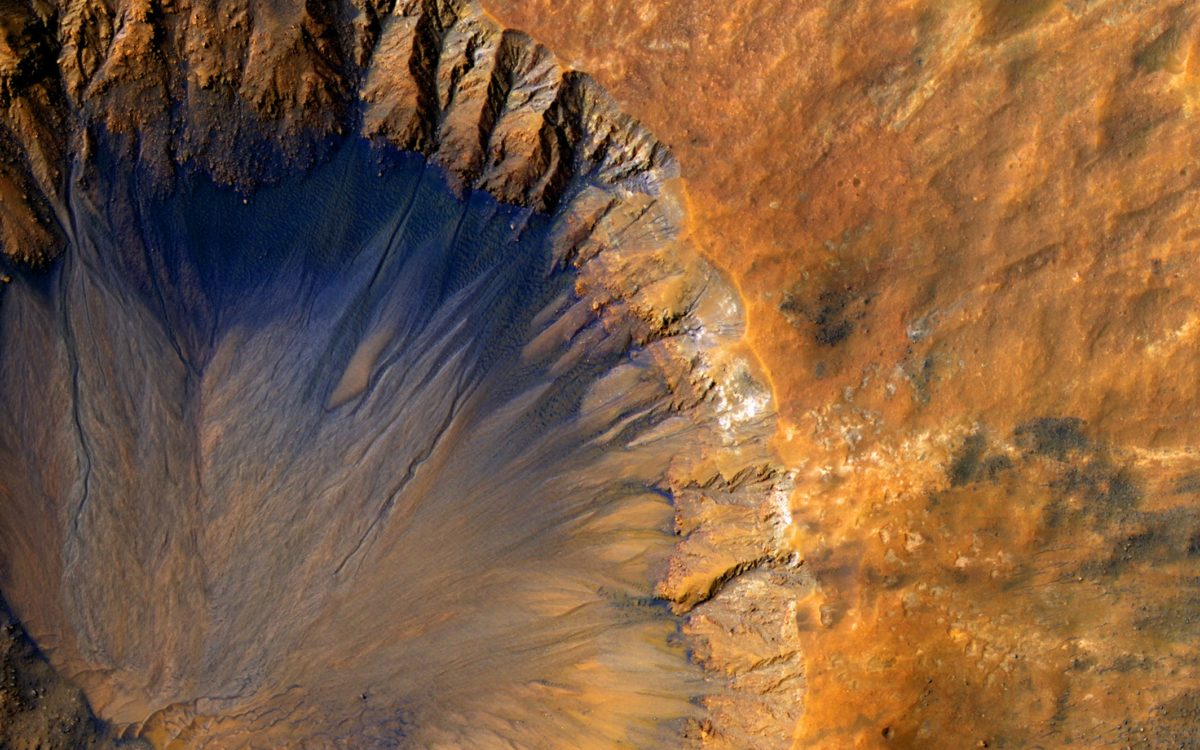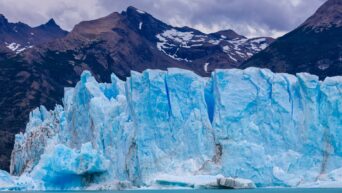
Credit: Unsplash
Those craters and canyons had to come from somewhere.
If there are two things we currently know about Mars, it’s that there are signs of water either on it or in it, and that its surface is absolutely lousy with craters, canyons, and valleys. In fact, the valleys of Mars are some of the widest and deepest mankind has ever seen, more so than anything here on terra firma. But the thing about massive environmental setpieces like that is that they don’t come out of nowhere. The current face of the Earth is the result of millions of years of erosion and environmental phenomenon, and according to a new theory, Mars is much the same.
“We found that at least a quarter of the total eroded volume of Martian valley networks were carved by lake breach floods,” Planetary Science Institute research scientist Alexander Morgan explained in a statement.
Morgan co-authored a paper published in Nature that theorizes that all of Mars’ numerous geological quirks are the result of massive floods across the planet’s surface, potentially caused by fluctuations in Mars’ climate. When Mars’ massive lakes and oceans became full to bursting, the water poured out, carving a swath of erosion deep into the Martian soil.
So much water once flowed on the surface of Mars that ravines 170 metres deep might have formed in a few months https://t.co/9MzJKrbImA
— New Scientist (@newscientist) September 29, 2021
“It’s been known for a while that a few select Martian valleys were formed from lake overflow flooding, but our study is the first global analysis,” Morgan said.
“Our results show that many Martian valleys are in fact more analogous to catastrophic floods on Earth, such as those that shaped the northwest United States at the end of the last glacial period,” Morgan says.
While this paints an interesting picture of the history of Mars, it also presents a potentially worrying future for the Earth. Assuming Morgan’s theory is correct and that Mars’ catastrophic flooding was brought on by climate change, something which we’re having a hard time grappling with ourselves, the face of the Earth could look drastically different in the far future.
































